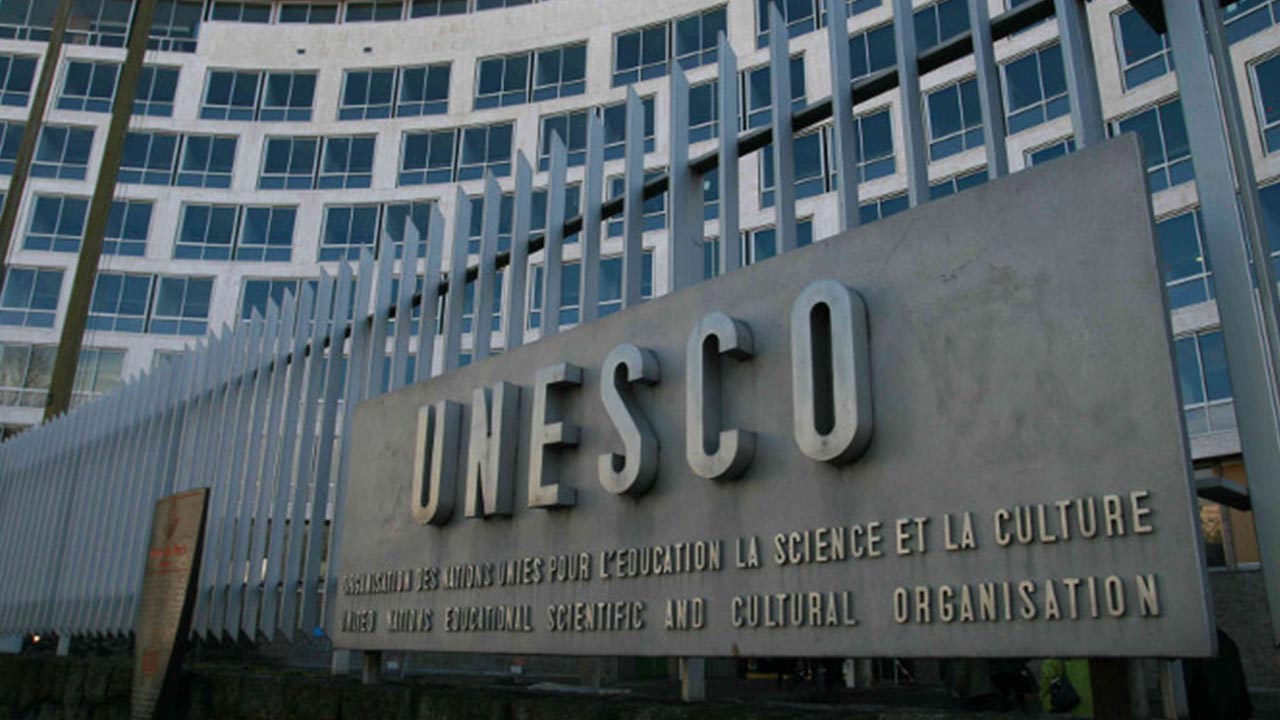
Winning strategies for stakeholders management
By: Godfrey Adejumoh
The government controls the issuance of business operating licences and has the authority to grant, revoke, or modify them based on its current interpretation of the business climate. The unpredictable nature of developing economies like Nigeria defies straightforward analysis and cannot be fully understood or contained within a linear framework.
Some things are, however, clear – businesses and government need each other. They are interdependent. The government is an essential stakeholder in businesses. Investopedia defines a stakeholder as a party that has an interest in a company and can either affect or be affected by the business. According to the Corporate Finance Institute:, “In business, a stakeholder is any individual, group, or party that has an interest in an organisation and the outcomes of its actions. Common examples of stakeholders include employees, customers, shareholders, suppliers, communities, and governments.”
Engaging in strategic stakeholder management is a blend of art and science, leaning more toward chemistry than physics. When it comes to harnessing the potential of effective stakeholder management for business advantages such as safeguarding operating licences and advocating for policy changes, here are four key points to consider.
STAKEHOLDERS’ MAPPING: Every influential individual is not necessarily a stakeholder in a business. Clarifying your stakeholder management strategy starts with identifying who they are. This task is closely tied to the specific nature of your business. The stakeholders for a manufacturing concern, for instance, differ from those of an IT firm. These stakeholders can span various levels, from global to continental and then local communities. Regardless of their scope, all stakeholders are vital contributors to a business’s success.
ISSUES MAPPING: Every business regardless of size and or success has issues that need to be resolved per time. While stakeholder mapping is crucial for understanding who’s involved in your business and their interests, it’s merely the first step in managing them effectively. The real magic happens through issue mapping. This process involves identifying, documenting, and analysing the key challenges, opportunities, and support needs your business faces.
Think of it like creating a detailed roadmap for navigating the complexities of stakeholder engagement. By mapping your issues, you gain a deeper understanding of the way forward.
All stakeholders are important to a business but their involvement in specific issues will vary based on their influence and potential support. High-impact stakeholders will likely need to be engaged on all mapped issues due to their strategic position and the crucial support they can offer. These stakeholders may have a significant influence on the business’s success or failure. Stakeholders with lower influence or limited support, on the other hand, may only need involvement in specific issues directly relevant to their expertise or capabilities. This doesn’t diminish their overall importance but rather ensures efficient use of resources and time.
STRATIFY AND LAYER YOUR STAKEHOLDERS: Businesses often make the mistake of thinking that the most senior person in the room is the most important person to engage. Often, the tendency is to ignore subordinates and handlers of the principals. You do this at your risk. In reality, both the principals and subordinates/handlers are two sides of the same coin. So, ignore no one in the course of implementing your stakeholders’ engagement strategy. Always bear in mind that the silver bullet to resolving issues can come from anyone in a team.
ENGAGEMENT MESSAGING/FOLLOW-UP: In navigating the process of securing appointments with stakeholders, it’s crucial to communicate clearly. Define the issues, opportunities, support needed, and expectations for these sessions. While government procedures may not always follow scientific methods as expected, it shouldn’t hinder the engagement process. Presenting the challenges, seeking support, proposing solutions, and offering support aligned with their agenda layers the discussion effectively. Follow-up is key to ensuring actions are completed. And establishing internal KPIs, where feasible, helps gauge success.
Effective engagements must go beyond mere media tactics. Success lies in thorough follow-up, tracking progress, and maintaining sustained interactions. These efforts are what lead to tangible results, such as completing actions, seizing opportunities, and ensuring the business is built to last.
Strategic stakeholder management is an ongoing process, not a one-time event. It requires approaching with clear expectations of what stakeholders can contribute. Government stakeholders, especially, are often focused on achieving their agenda within their limited term, typically up to eight years in executive positions. They’re driven to deliver tangible results swiftly.
Businesses need to strike a balance between making demands and offering solutions and support to help the government achieve its goals. Active collaboration between businesses and stakeholders, especially government stakeholders, is essential for sustained progress and impact over time.
Godfrey Adejumoh: A Global PR Strategist with expertise in ESG, External Affairs, Sustainability and Strategic Communications, writes from Lagos. He can be reached on:
Email: [email protected]
IG: Godfrey Adejumoh
LinkedIn: Godfrey Adejumoh




Comment
No comments found.